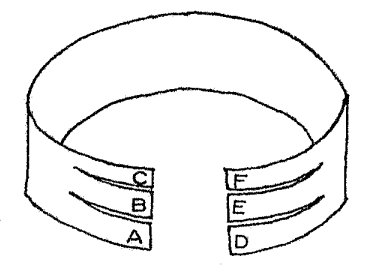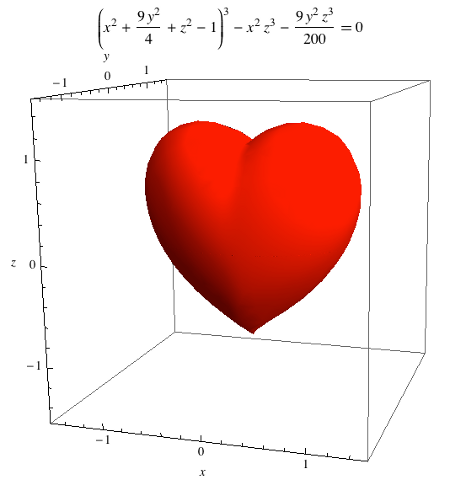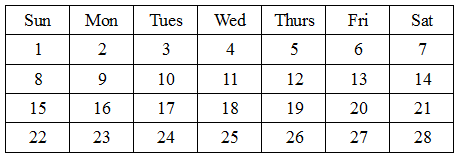Along with art and love, life is one of those bedeviling concepts that we really ought to have a definition for but don’t. Philosophers tend to regard the question as too scientific, and scientists as too philosophical. Linus Pauling observed that it’s easier to study the subject than to define it, and, J.B.S. Haldane noted, “no definition will cover its infinite and self-contradictory variety.”
Classical definitions of life typically refer to structural features, growth, reproduction, metabolism, motion against force, response to stimuli, evolvability, and information content and transfer. But definitions built on these elements are prone to exceptions. Fire grows, moves, metabolizes, reproduces, and responds to stimuli, but is “nonliving.” So are free-market economies and the Internet, which evolve, store representations of themselves, and behave “purposefully.” I am nonreproducing but, I hope, still alive.
If we we look around us, it’s hard to find a property that’s unique to life, and even if we could, our observations are limited to Earth’s biosphere, a tiny, tenuous environment like a film of water on a basketball. But if we expand our list to include abstract properties such as resistance to entropy, then we risk including alien phenomena that we might not regard intuitively as living.
Perhaps the answer is more poetic. “As I see it, the great and distinguishing feature of living things … is that they have needs — continual, and, incidentally, complex needs,” wrote botanist Donald C. Peattie in 1935. “I cannot conceive how even so organized a dead system as a crystal can be said to need anything. But a living creature, even when it sinks into that half-death of hibernation, even the seed in the bottom of the driest Mongolian marsh, awaiting rain through two thousand years, still has needs while there is life in it.”





